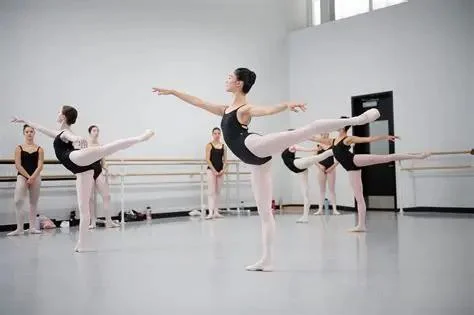
- 1-Understanding-the-Challenge-of-Balancing-School-and-Dance
- 2-Setting-Clear-Priorities-and-Long-Term-Goals
- 3-Creating-a-Flexible-and-Realistic-Schedule
- 4-Using-Academic-Time-Efficiently
- 5-Communicating-with-Teachers-and-Coaches
- 6-Importance-of-Rest-and-Mental-Wellness
- 7-Real-Life-Dancer-Stories-You-Can-Learn-From
- 8-How-American-Dance-Academy-Supports-Student-Dancers
1. Understanding the Challenge of Balancing School and Dance
Balancing school and dance isn’t just about managing time—it’s about managing energy, focus, and expectations. For many students, dance is more than an extracurricular—it’s a passion, a lifestyle, and sometimes even a career goal. But academic success is just as important. The key lies in creating sustainable routines that support both worlds without burnout.
2. Setting Clear Priorities and Long-Term Goals
Ask yourself: What are your biggest dreams? Are you aiming for a professional dance career, college admissions, or both? Knowing your goals allows you to prioritize better. For example, if you have a major dance competition coming up, you may plan schoolwork ahead. Similarly, during finals week, your rehearsal time may need to be trimmed. Success comes when you understand what matters most in each moment, not when you try to do everything all at once.
3. Creating a Flexible and Realistic Schedule
Schedules are essential, but they don’t have to be rigid. Instead of micromanaging every hour, block out key times for school, dance, meals, and downtime. Use planners or digital calendars to track rehearsals, homework deadlines, and test dates. Build in buffer time. A dancer from Boston shared that she schedules 30-minute “regroup” blocks between school and studio time to avoid mental whiplash—and it changed her entire week.
4. Using Academic Time Efficiently
Efficiency beats perfection. If you only have 40 minutes after school before dance, use it wisely: review flashcards, outline an essay, or finish a math set. Avoid distractions like scrolling on your phone. One high school dancer improved her GPA significantly just by studying during car rides to the studio. It's not always about studying longer—it’s about studying smarter.
5. Communicating with Teachers and Coaches
Honest communication builds trust. Let your teachers know about upcoming competitions. Most are willing to offer flexibility if you show responsibility. Similarly, talk to your dance coach when academics are intense. One student reported how her instructor adjusted her rehearsal role during exam week so she could still perform without sacrificing her GPA. Respect goes both ways—and communication makes it possible.
6. Importance of Rest and Mental Wellness
Exhaustion affects both schoolwork and dance quality. Prioritize sleep—even if that means cutting down on screen time. Build in rest days and short breaks, especially after intense weekends of back-to-back performances or studying. Mental health isn’t a luxury—it’s a necessity. Practices like journaling, deep breathing, or talking with friends help dancers decompress. Remember: the goal is balance, not perfection.
7. Real-Life Dancer Stories You Can Learn From
Ava, a 16-year-old from California, once considered quitting dance during sophomore year due to academic pressure. Instead, she created a Sunday night planning routine—mapping out homework, classes, rehearsals, and sleep. Not only did she stay in dance, but she also landed a role in her studio’s spring showcase and maintained a 3.8 GPA. Stories like Ava’s show that balance is possible, with intention and planning.
8. How American Dance Academy Supports Student Dancers
At American Dance Academy, we believe school and dance can go hand in hand. That’s why our programs are designed with flexibility in mind—offering structured rehearsal schedules, weekend-only intensives, and academic-friendly practice options. Whether you’re working toward a professional stage or simply love dancing after school, we’re here to help you succeed—in every arena of life.
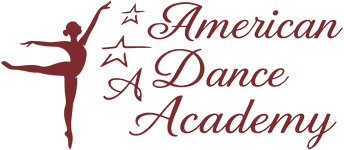
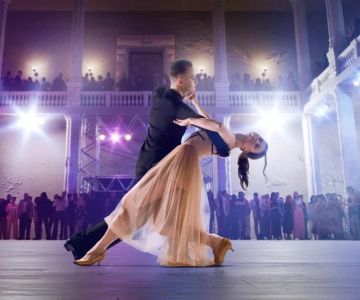
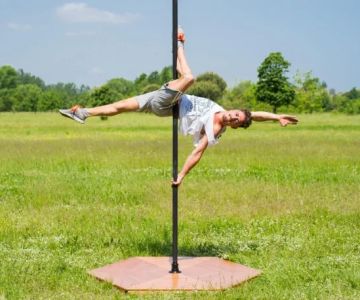
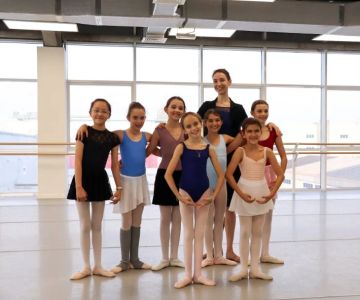
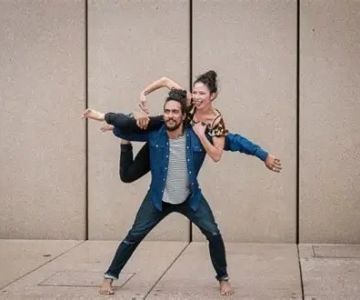

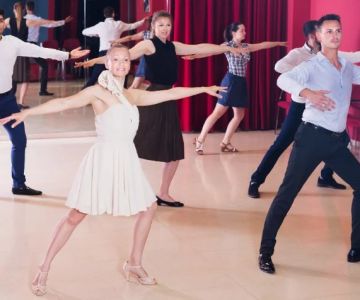
 Barrington Dance Academy5.0 (22 reviews)
Barrington Dance Academy5.0 (22 reviews) Canyon Concert Ballet4.0 (17 reviews)
Canyon Concert Ballet4.0 (17 reviews) Big City Dance Center LLC4.0 (25 reviews)
Big City Dance Center LLC4.0 (25 reviews) Tye Chua Dance & Kalamazoo Ballet5.0 (18 reviews)
Tye Chua Dance & Kalamazoo Ballet5.0 (18 reviews) Fenton Ballet Theatre4.0 (24 reviews)
Fenton Ballet Theatre4.0 (24 reviews) Front Street Dance Center5.0 (7 reviews)
Front Street Dance Center5.0 (7 reviews) Are There Dances in Middle School? What Students and Parents Should Know
Are There Dances in Middle School? What Students and Parents Should Know How a Dance School in Instagram Builds Community and Success
How a Dance School in Instagram Builds Community and Success Why Do Schools Teach Square Dancing?
Why Do Schools Teach Square Dancing?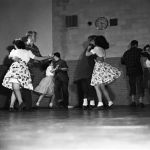 Why Was Square Dancing Taught in School?
Why Was Square Dancing Taught in School? Why Swing Dance Is Popular for Adults
Why Swing Dance Is Popular for Adults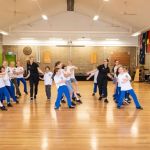 A School Dance: How to Prepare, Shine, and Make It Unforgettable
A School Dance: How to Prepare, Shine, and Make It Unforgettable